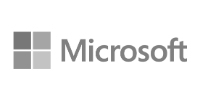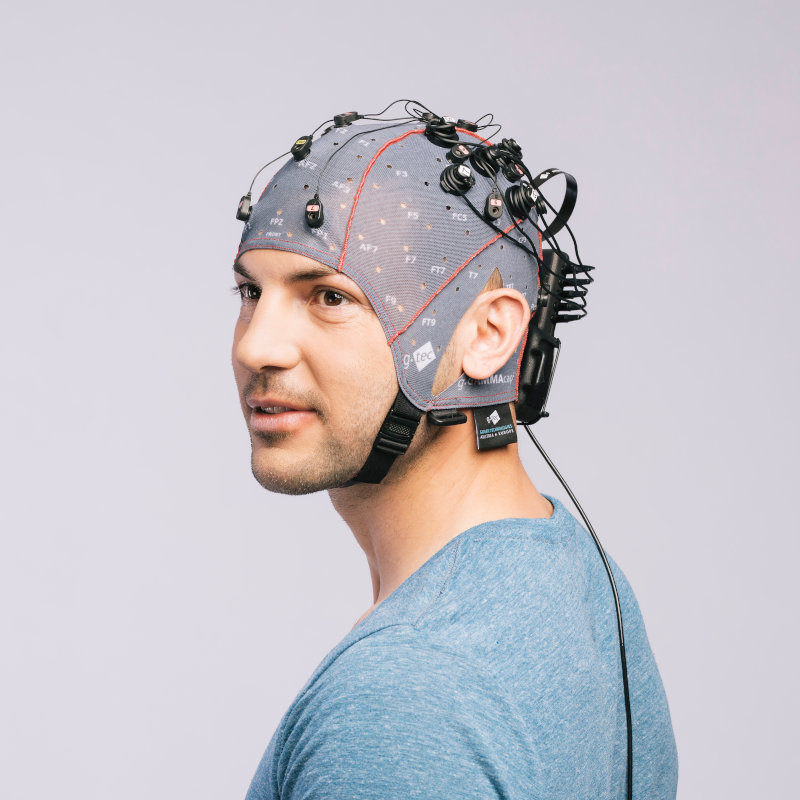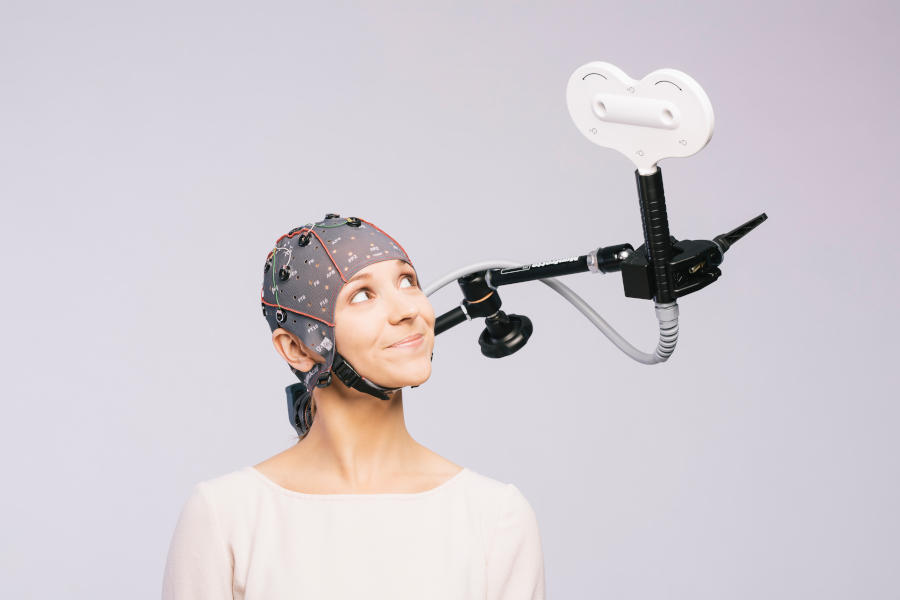

High-performance medical products for invasive and non-invasive use with the brain in research and clinical environments

140 hours of cutting-edge education over 10 days, featuring 85 speakers representing 86 institutions. Engage in 44 Hackathon projects led by 15 hosts, all focused on pushing the boundaries of neurotechnology.

g.tec medical engineering produces invasive and non-invasive brain-computer interfaces (BCIs) and neurotechnology that are used worldwide to measure and analyze brain waves with the highest possible resolution. A key factor is the real-time data analysis which enables many new applications and experiments in neuroscience.




























































Viele Menschen, die einen Schlaganfall hatten, haben nun Schwierigkeiten bei einigen Bewegungen, selbst nach der besten Therapie. Neue Methoden um…
Use the complete hardware and software environment to study the human brain in real-time or offline, invasive or non-invasive, with or without electrical or magnetic stimulation of the brain or body.

g.tec’s rapid prototyping BCI environment allows you to realize many different applications with minimum effort. All major principles: slow waves, steady-state visual evoked potentials (SSVEP), motor imagery (MI) and evoked potentials (EP) are already implemented and can easily be used or modified.

g.tec’s BCI environment provides complete MATLAB-based research and development systems, including all hardware and software components needed for data acquisition, real-time and offline data analysis, data classification and neurofeedback. The environment enables you to quickly setup closed-loop experiments including non-invasive or invasive stimulation of brain and body.

g.tec’s hardware and software is perfect for recording signals from different parts of the body in many different experiments. In combination with TMS (Transcranial Magnetic Stimulation) and tDCS (transcranial Direct-Current Stimulation) pulses, the impact of stimulation on the human body can be studied.

Invasive and non-invasive stimulation and brain mapping techniques are used to determine brain functions in neuroscience, rehabilitation research and neurosurgery. g.tec’s electrical stimulators help you to understand cortical functions and perform brain-mapping experiments with a closed-loop system.

Use g.tec’s rapid prototyping environment with up to 1000 channels to register neural spikes or ECoG and tune electrical stimulation of deep or cortical structures in real-time in order to develop treatments and therapy for Parkinson’s disease, psychiatric disorders like depression, pain and many more.

g.Pangolin is the world’s first ultra-high density EEG electrode grid and biopotential amplifier system. The g.Pangolin EEG grids can be used with g.HIamp 256-channel biosignal amplifier to record high-resolution EEG signals. g.Pangolin EEG has 16 electrodes on a polygon shaped grid that can be mounted onto the head of a person. With the g.Pangolin, up to 1024 EEG channels can be recorded from the human head to get EEG data with never seen spatial resolution.

From April, 22. 2024 to Mai, 01. 2024